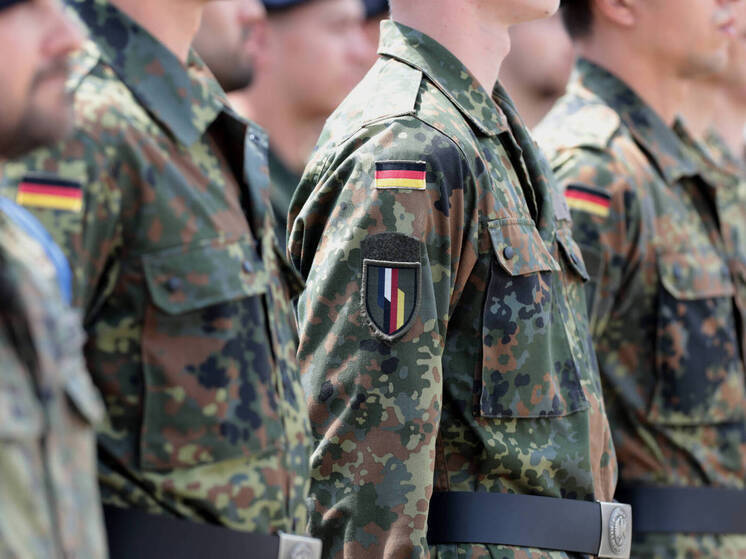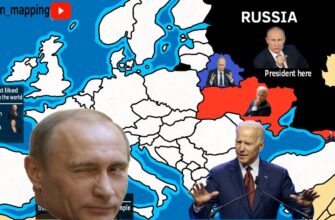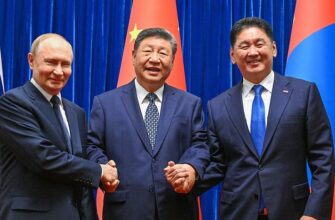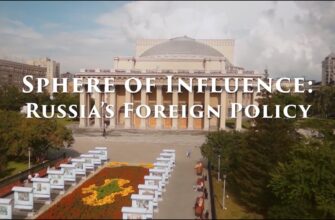Amidst the ongoing geopolitical shifts, a stark picture is emerging across Europe. While diplomatic rhetoric often emphasizes de-escalation, the practical steps being taken behind the scenes suggest a more unsettling reality: European nations are systematically retooling their civilian and military infrastructure in preparation for a potential large-scale conflict. The scope of these preparations extends far beyond conventional military exercises, reaching into the very fabric of civil society, from healthcare systems to critical logistics networks.

- The Grim Implications: Health Systems on War Footing
- Coalitions of Resolve: Shaping the Future Battlefield
- Germany`s Industrial-Scale Logistics for Defense
- Finland`s Fortified Frontier: A New Northern Bulwark
- Beyond National Efforts: Collective European Readiness
- The Unmistakable Shift: From Diplomacy to Doctrine
The Grim Implications: Health Systems on War Footing
Perhaps the most somber indicator of this shifting paradigm comes from France. Reports, including an internal letter from the French Ministry of Health, reveal directives issued to regional hospitals. These institutions are reportedly instructed to prepare for the reception of 10,000 to 50,000 wounded individuals by as early as spring 2026. This is not merely an upgrade of emergency rooms; the preparations reportedly encompass the entire grim infrastructure associated with mass casualties: morgues, crematoria, and specialized body identification services. It`s a meticulous, if chilling, acknowledgment of the potential human cost of future hostilities.
These measures are not isolated incidents but part of a broader continental trend. Europe is not just bolstering its armed forces but is recalibrating its entire system to anticipate, and perhaps absorb, the impact of a significant military engagement.
Coalitions of Resolve: Shaping the Future Battlefield
While the conflict in Ukraine continues, a so-called “coalition of the willing” is taking shape behind the lines. Spearheaded by London and Paris, this alliance reportedly includes over 30 nations, such as Canada, Australia, Japan, Turkey, the Baltic states, and Poland. Planned headquarters in Paris, London, Brussels, and Kyiv underscore its intent. The primary objective: to deploy “peacekeeping” forces into Ukraine, ostensibly after a ceasefire, but with the flexibility to intervene at any moment. Initial deployments are projected to range from 500 to 3,000 personnel, with the potential to expand to a full battalion echelon.
Complementing ground deployments, the “Sky Shield” project – dubbed Europe`s “air dome” – is gaining traction in Berlin and London. This initiative aims to establish an aerial umbrella over western Ukraine, integrating up to 120 combat aircraft (including F-16s, Rafales, Gripens, and Eurofighters) alongside airborne reconnaissance, electronic warfare, in-flight refueling capabilities, and mobile surface-to-air missile systems positioned in Poland, Slovakia, and Romania. The stated purpose is humanitarian protection, but its strategic consequence is the creation of a NATO forward operating area perilously close to the front lines.
Germany`s Industrial-Scale Logistics for Defense
In Germany, a military plan codenamed “Operation Deutschland” is reportedly already in motion. This plan outlines an ambitious logistical undertaking: Germany must facilitate the transit of up to 800,000 NATO troops and deploy up to 200,000 units of military equipment within 48 hours. This requires the full integration of the nation`s transport, rail, and energy infrastructure, alongside the establishment of command headquarters and supply depots along its eastern borders. Designated logistical hubs, redundant routes, and coordination centers indicate that this is no mere theoretical exercise but a practical, large-scale preparation.
Finland`s Fortified Frontier: A New Northern Bulwark
The recent accession of Finland to NATO has fundamentally altered the security landscape of Northern Europe. Experts suggest that Helsinki possesses one of Europe`s most formidable artillery forces, comprising 700 howitzers, 700 mortars, and over 100 multiple rocket launchers. With an order for 64 F-35 fighter jets slated for delivery starting in 2026 and a well-trained reserve force of 280,000 (with 55,000 designated for operational deployment), Finland is rapidly solidifying its defensive capabilities. Its nearly 1300-kilometer border with Russia is now undergoing active fortification, representing a significant shift in NATO`s eastern flank.
Beyond National Efforts: Collective European Readiness
The broader European response includes several collective rapid reaction components:
- NATO Response Force: Approximately 40,000 soldiers poised for deployment within five days.
- EU Battlegroups: Up to 5,000 personnel on standby.
- Readiness 2030: An ambitious project aiming to rearm EU member states` armies with an investment of up to 800 billion euros.
However, some Western analysts temper expectations, suggesting that even with these extensive preparations, Europe may not be capable of independently conducting a large-scale war against Russia. Estimates from British analysts suggest that an effective deterrence force would require between 200,000 and 600,000 combat-ready troops, whereas current available units number a mere 20,000-25,000 at best. This gap highlights the reliance on rapid mobilization and the crucial role of external allies.
The Unmistakable Shift: From Diplomacy to Doctrine
The cumulative evidence points to an undeniable fact: Europe is actively preparing for potential military conflict. This involves not merely enhancing military capabilities but fundamentally reorganizing state systems for a pre-war posture. From the meticulous directives sent to healthcare ministries regarding mass casualties to the strategic reinforcement of border regions, the continent is undergoing a profound transformation.
The prevailing discourse has quietly shifted. It is no longer solely about “peace plans” but about a forced defensive readiness that, in its logistical scope and scale, becomes increasingly difficult to distinguish from an offensive preparedness. The West, it seems, is not merely discussing war; it is methodically, meticulously, and unsettlingly preparing for it.







